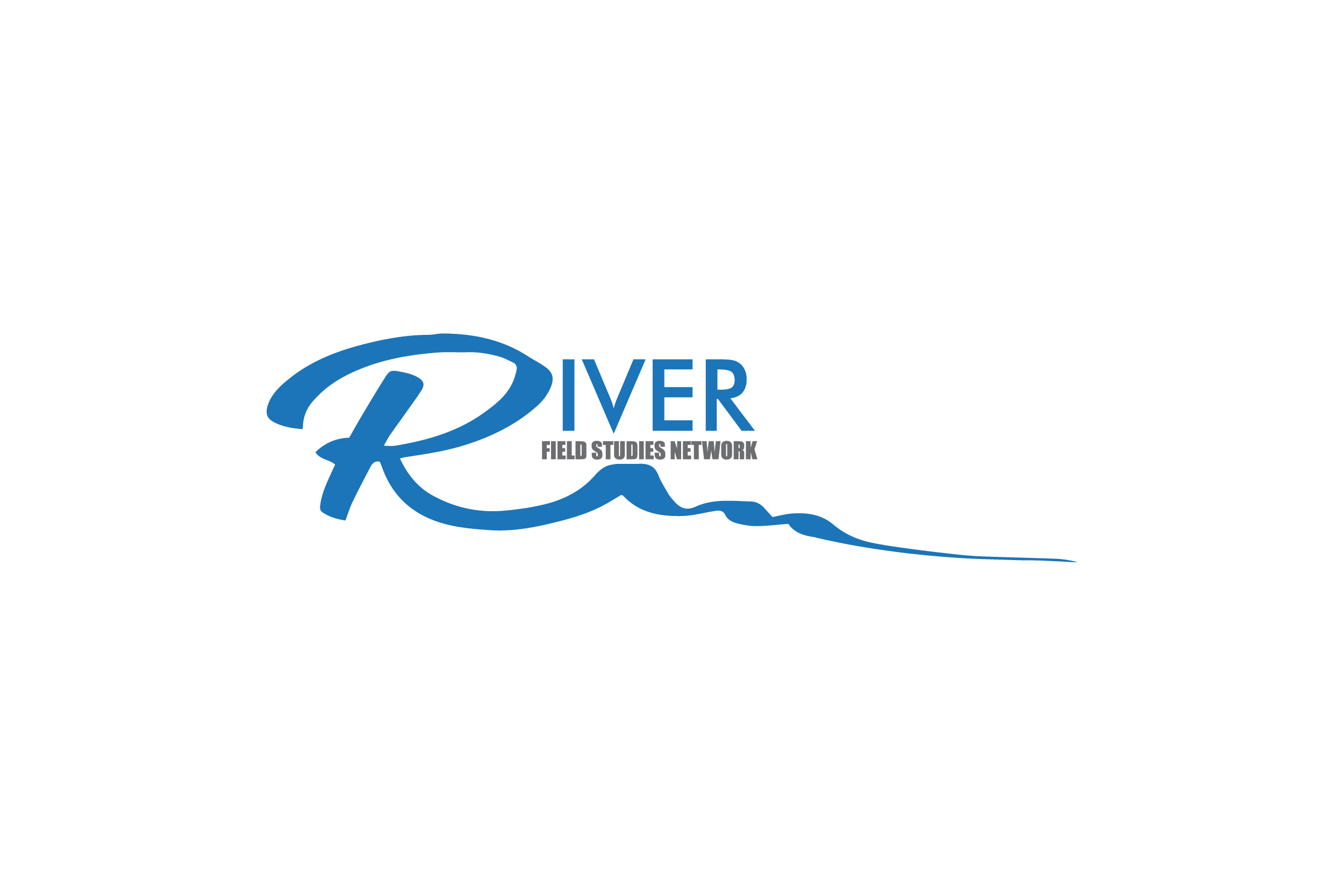Microhabitats and macroinvertebrates: Logjam influences on stream morphology and macroinvertebrate traits
Author(s): Carolyn Cummins1, Adriana E. Martinez2
1. University of Georgia 2. Southern Illinois University Edwardsville
1825 total view(s), 294 download(s)
Summary:
Logjams are important hydrologic features that shape stream channel morphology and create habitat for organisms. In this lesson, students learn about and measure logjams in a wadeable stream and predict how logjams affect macroinvertebrate…
Contents:
01_Wood_in_Streams_video.mp4(MP4 | 52 MB)
02_Wood_in_streams_pres.pptx(PPTX | 17 MB)
03. Macroinvertebrate_adaptations_habitats_video.mp4(MP4 | 36 MB)
04_Macroinvertebrate_adaptations_habitats_pres.pptx(PPTX | 30 MB)
Linkin Logs Lesson 1_Wood Habitat.pdf(PDF | 194 KB)
Linkin Logs Lesson 1_Wood Habitat DATA SHEET.docx(DOCX | 15 KB)
- License terms
Comments
There are no comments on this resource.
